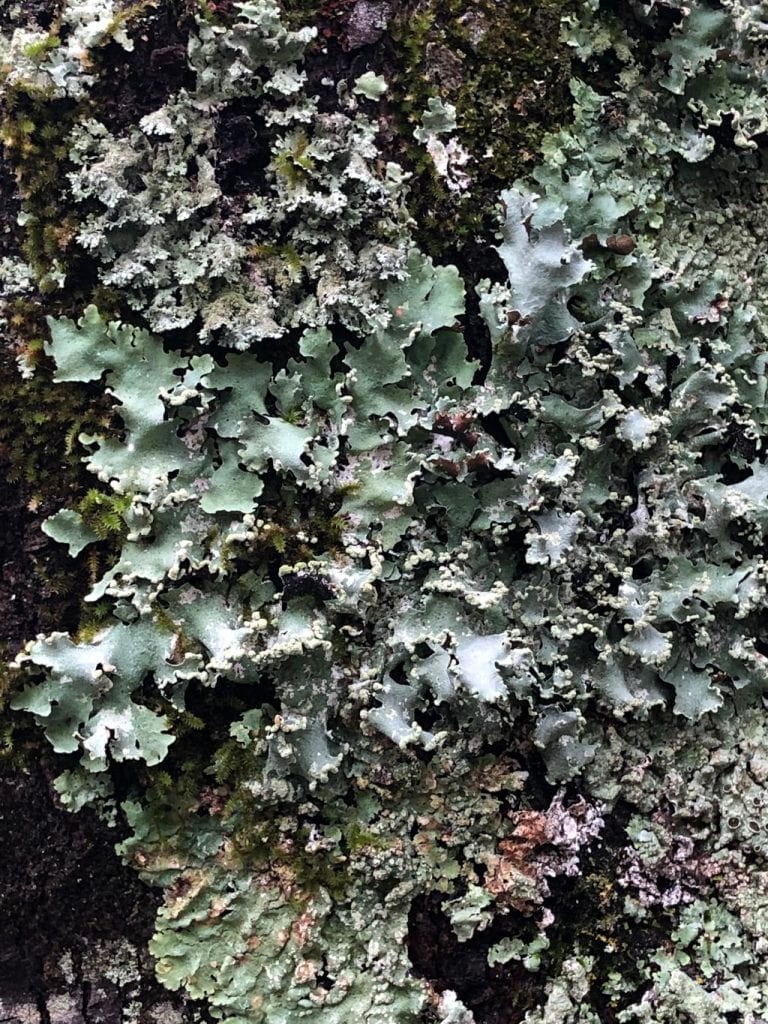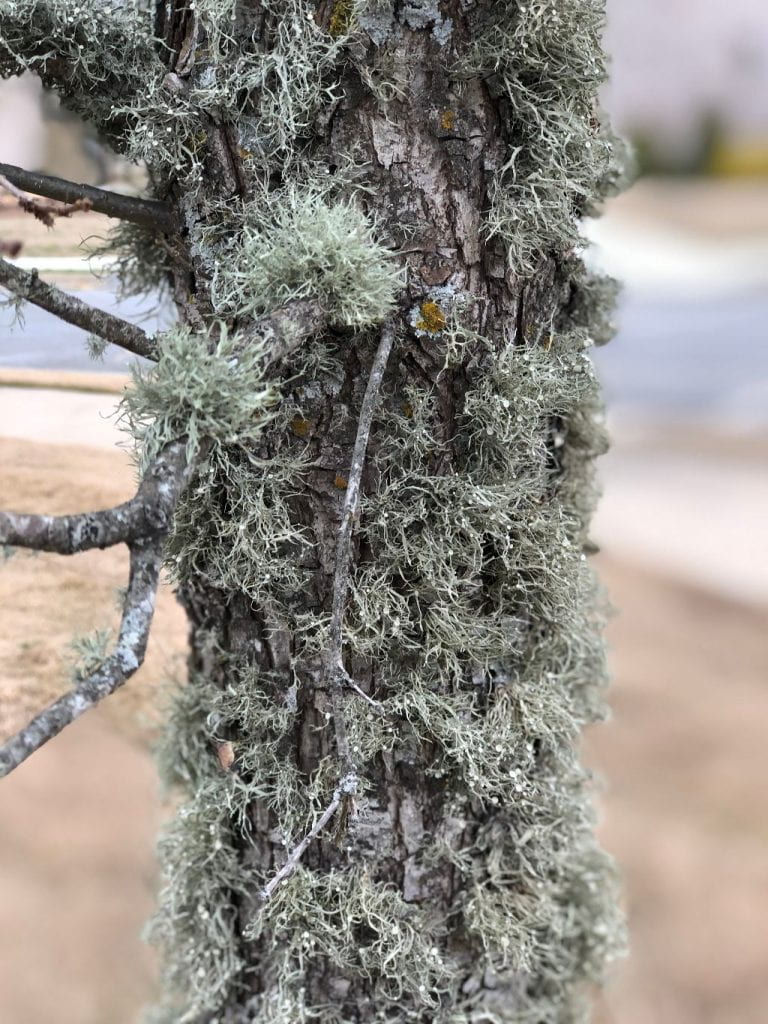Purposeful Time Outdoors
One of my goals this month is to give my naturalists purposeful reasons for outdoor exploration and hikes. On your next walk, search for fungi. As you find examples of these decomposers (last stop on the food chain), notice where they are located and discuss why they might be found in these spots. A scientist who studies fungus is known as a mycologist. Other examples of fungi are mold and yeast.
Before you go on your hike, watch these videos for background information. Find out if fungi are plants or animals.
Click here for the Safeshare link for the video below.
Click here for the Safeshare link.
I found this interesting piece of rotting wood on one of my hikes. How many examples of fungi do you see? Although not an expert, I did my best to identify them below.
The coral spot fungi are red, bracket mushrooms are on the back right corner and possibly stump puffball mushrooms are in the circular formation. The green spots are lichen. A lichen is an unusual organism because it consists of two unrelated organisms, an alga and a fungus. They are in a symbiotic relationship. Symbiosis is a close relationship between two different kinds of living things, usually to the benefit of both.
Click here for the Safeshare link.


